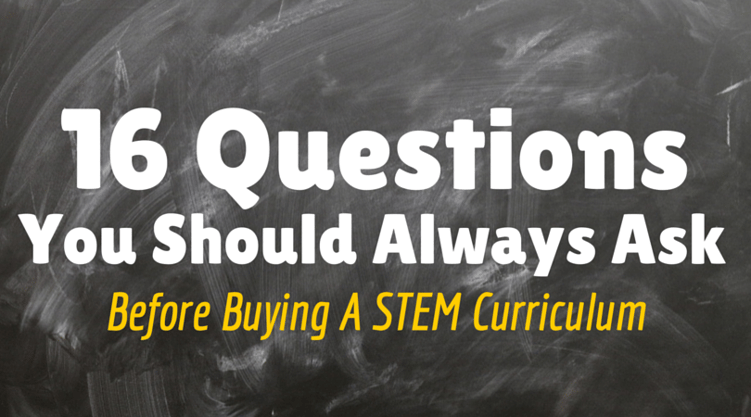When you’re searching for new STEM curriculum, it can be hard to know what to look for. Many traditional curricula focus on student awareness, knowledge, and performance, but not mastery. Awareness-ready resources, like those offered by science museums and other public venues, are good at exposing students to what STEM is, while knowledge-ready resources, like textbooks, introduce students to scientific facts and figures. Performance-ready resources, like your typical science kits, enable students to recognize and apply specific skills to specific well-defined tasks by following a task booklet or drawing. None of these approaches, however, develop true mastery.
Mastery-ready resources help students develop skills they can generalize and use as a means of answering questions and solving problems in any context. The need for mastery-ready resources is a shift recognized by the Next Generation Science Standards to ensure that students develop transferable skills for college and career readiness.

How do you recognize a mastery-ready resource? To help choose the best STEM curriculum, ask yourself these questions.
- Is it designed for--not just aligned with--the Next Generation Science Standards or other state standards that use NGSS as a model?
- Is it built on inquiry-based learning?
- Does it focus on higher order thinking?
- Is it hands-on?
- Do the lessons and units work coherently with previous and following lessons and units to help build toward eventual student mastery?
- How does it communicate the relevance of science and technology?
- How much room is there for teacher creativity and student participation in the curriculum?
- Does it enable students to apply what they have learned to new contexts?
- Does it give guidelines for differentiated instruction?
- Are students working collaboratively in teams to answer a question or solve a problem?
- Does it allow students to work toward developing their own investigations rather than following a pre-made procedure?
- Are students using science and engineering practices to solve problems?
- Are students engaged in authentic and meaningful scenarios that reflect the practice of science and engineering as experienced in the real world?
- Do students use ELA and math skills to represent their ideas within the context of a STEM investigation?
- Does it provide professional development and other resources to help teachers effectively implement the curriculum in their classroom?
- Does it make learning fun and thought-provoking for your students?
Asking these questions will ensure your new STEM curriculum is right for your classroom.
* This post was updated on 11/16/17.





